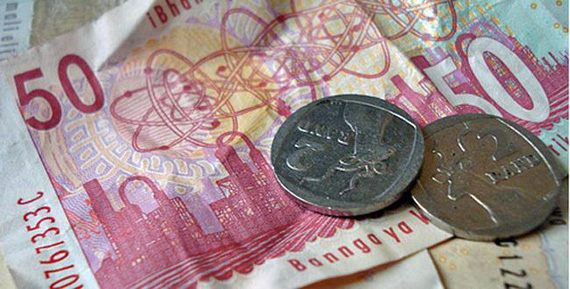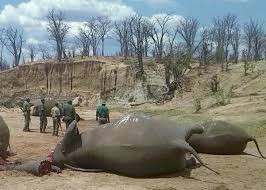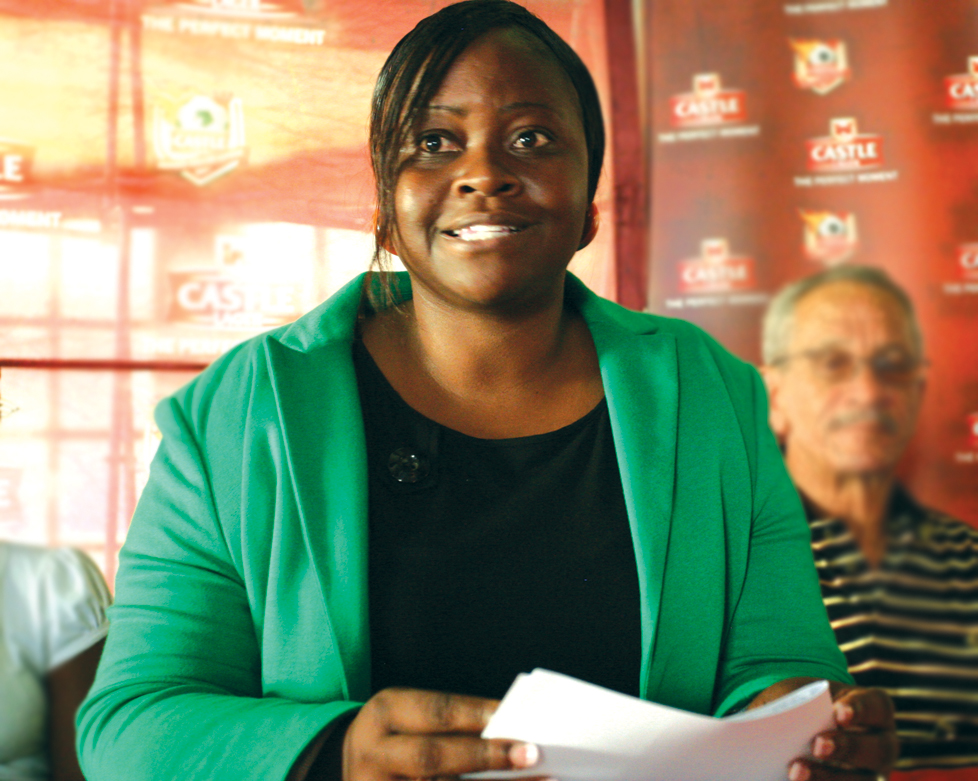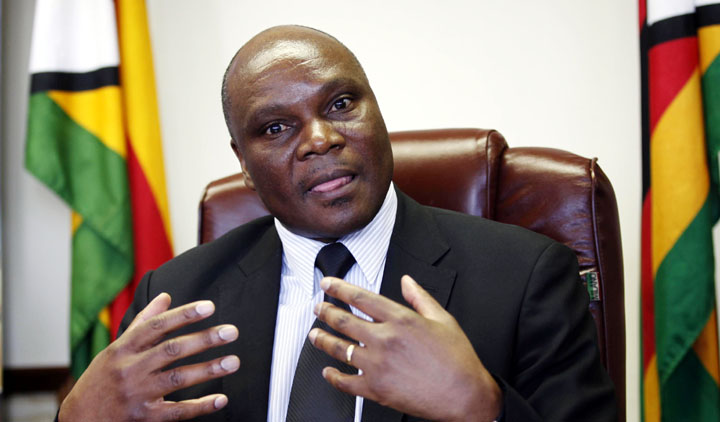
JOHANNESBURG — The rand began the new year with an ominous slide on Friday, shedding more than 1% against the dollar at one stage as it stumbled to R11,70.
It did not have much to do with South Africa, though: global sentiment towards riskier emerging markets soured, while the dollar soared towards nine-year highs against most currencies.
Nevertheless, the slide did suggest that the rand, which has already endured four straight years of declines thanks to South Africa’s weak economic performance since the 2009 recession, may be in for another tough year.
In 2014, the rand shed 9,6% against the dollar, ensuring its longest run of annual declines since 2001 was not about to end any time soon.
Part of the reason the rand remains so vulnerable, even as the prospect of higher interest rates in the US fuels the dollar’s increase, is rising government debt.
Add in the deficits in South Africa’s budget and current account, which are weighing on the country’s credit ratings, and Eskom’s power shortages which may crimp growth, and the risks are pretty clear.
It has not helped that global emerging-market sentiment is facing further headwinds from Russia, which is on the verge of a recession and the worst economic crisis since the country’s 1998 default.
The slide in the rand risks rekindling inflation, which remains above its five-year average even after slowing to 5,8% last month from as high as 6,6% in June.
- Chamisa under fire over US$120K donation
- Mavhunga puts DeMbare into Chibuku quarterfinals
- Pension funds bet on Cabora Bassa oilfields
- Councils defy govt fire tender directive
Keep Reading
“The chances of a rand blowout are ever present,” Thando Vokwana, a currency trader at FirstRand’s Rand Merchant Bank investment banking unit, said. “Geopolitical risks are the main threats”.
We also cannot totally discount that we might see an interest-rate increase in the US earlier than expected.”
In fact, Vokwana said, the rand may weaken through R12 per dollar during the first quarter.
Lesetja Kganyago’s Reserve Bank has kept the benchmark interest rate on hold since raising it to 5,75% in July. The economy is forecast by the government to have grown by only 1,4% overall in 2014, largely thanks to strikes in the platinum and manufacturing industries.
However, markets expect the next rate increase to come in May, despite the fact that an almost 50% drop in oil prices since June has helped mitigate some of the rand’s plunge.
“The Reserve Bank has limited room to hike rates in defence of the currency, given the poor growth outlook,” JPMorgan Chase analysts, including Luis Oganes, in a note last month, said.
JPMorgan predicted a 25-basis-point increase in September and another of the same magnitude by the end of the year.
South Africa may face strikes in the second half before municipal elections in 2016, while electricity supply will remain constrained for the next two years, the analysts said.
South Africa avoided a third downgrade last month after Fitch Ratings kept its assessment at BBB, the second-lowest investment grade.
Fitch said that Finance minister Nhlanhla Nene’s fiscal tightening plans should help stabilise the country’s debt, even though the rating agency kept its outlook at negative.
Fitch’s rating is in line with Moody’s and one step above Standard&Poor’s, which kept a stable outlook on the nation’s debt on the same day.
The rand performed “quite admirably” relative to other emerging-market currencies and on a trade-weighted basis, said Mohammed Nalla, head of strategic research at Nedbank.
The likelihood of higher US rates is the main catalyst of rand weakness against the greenback, which is expected to remain stronger.
Although Nalla said the rand may approach R12 per dollar, he said it may fare better against other currencies.
“The domestic fundamental headwinds that were prevalent during 2013 to 2014, and, now 2015, persist,” he said.
“This, while predisposing us to vulnerability, is not the driving force behind the rand, which is more likely to be affected by global developments.”
—Online










